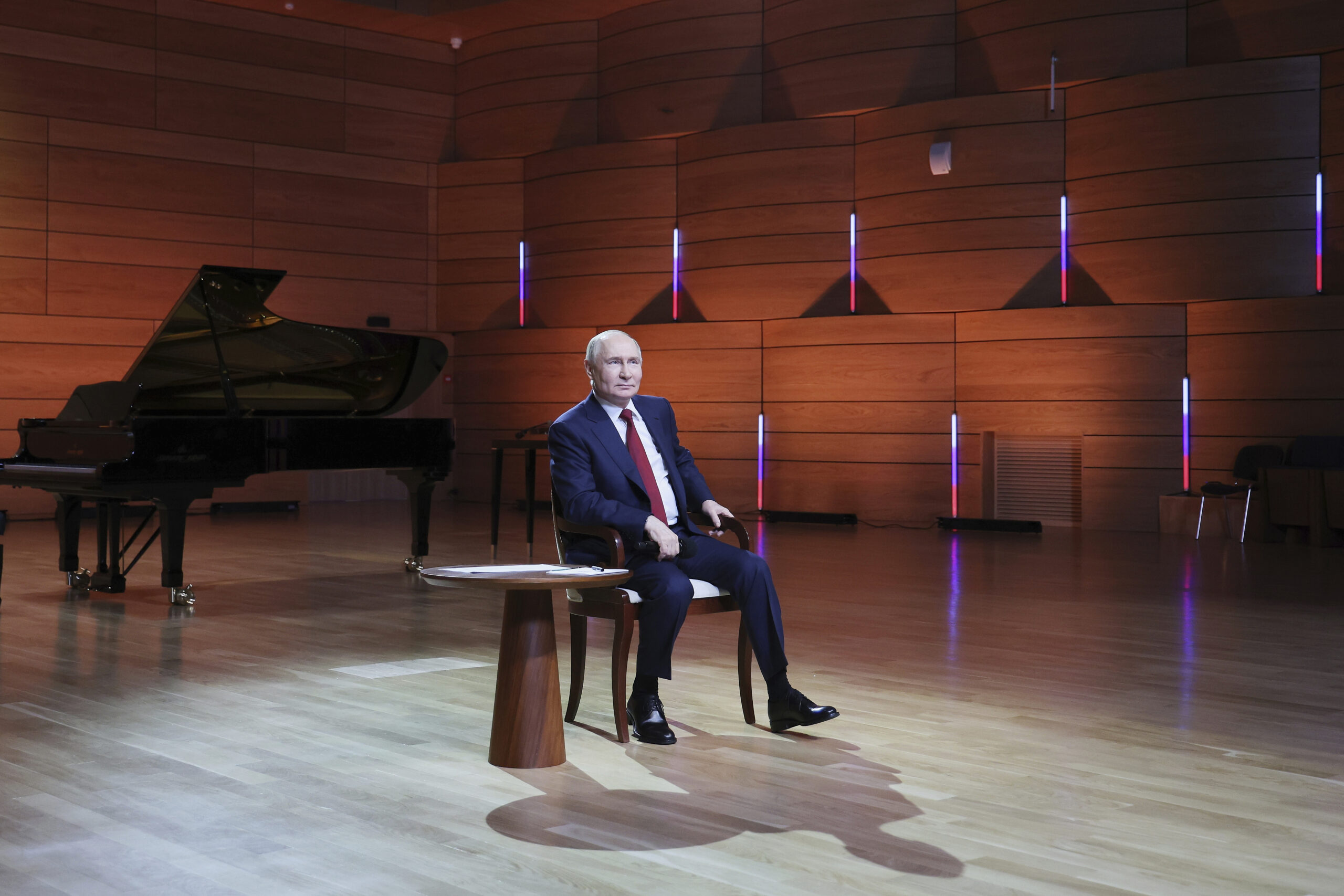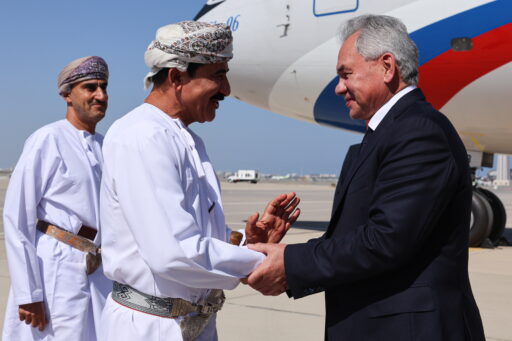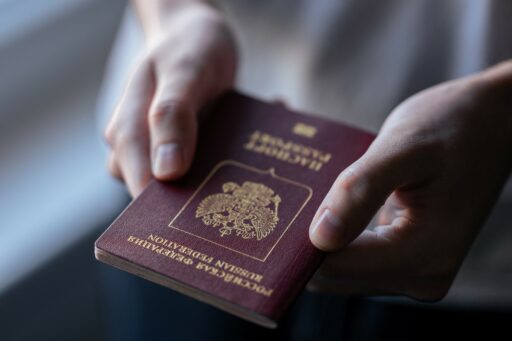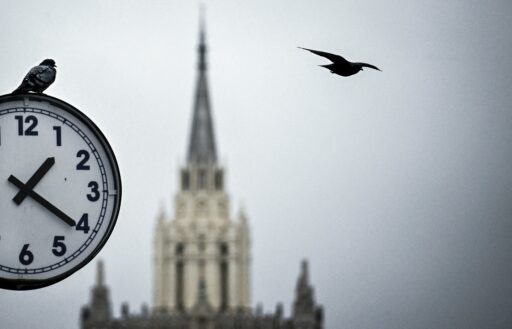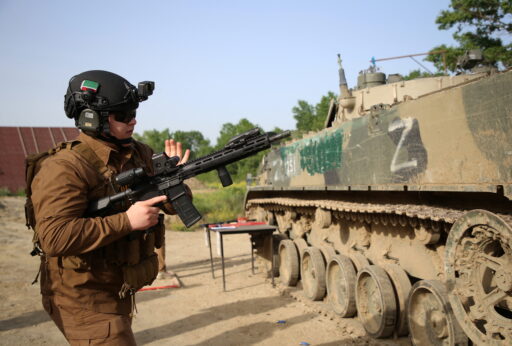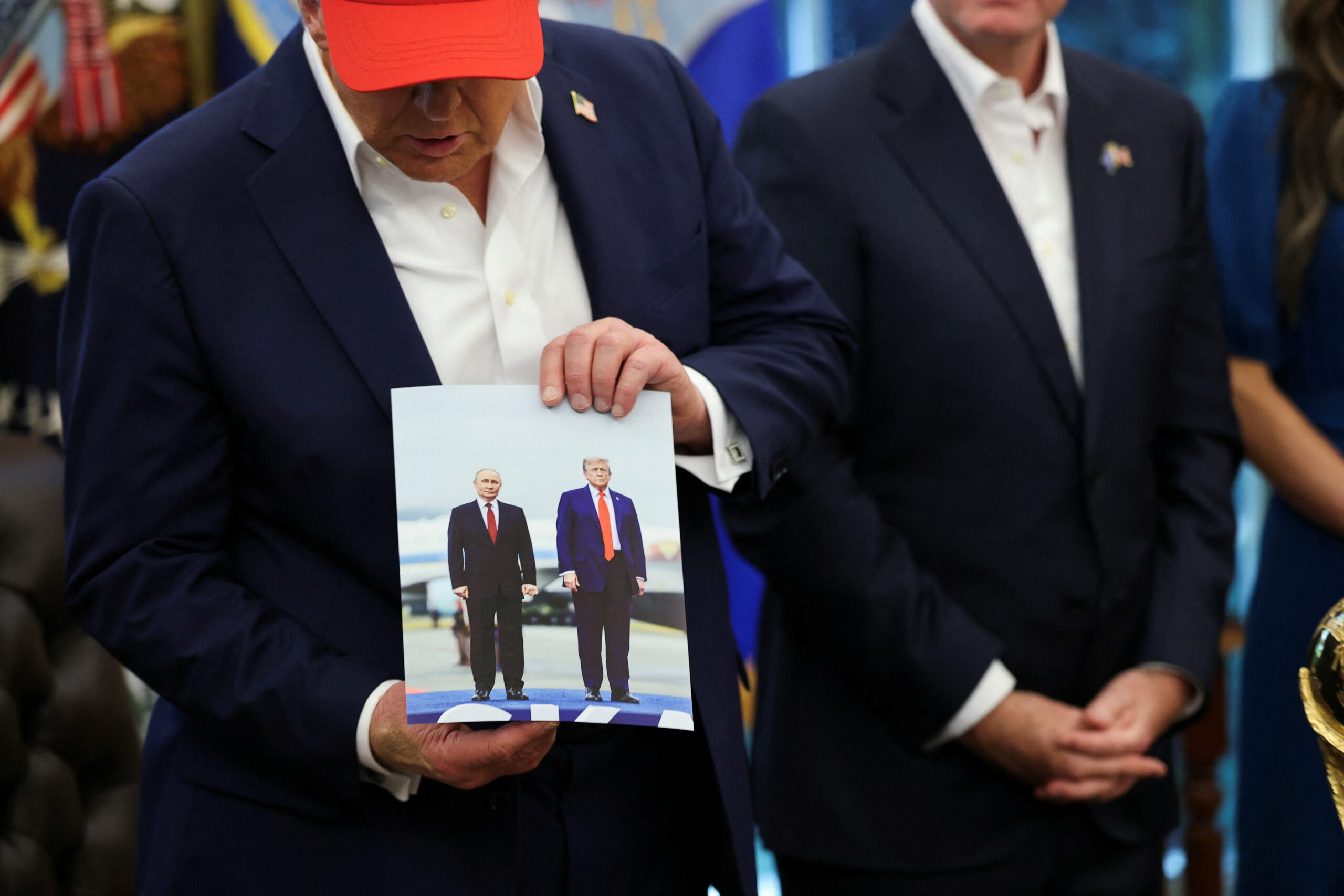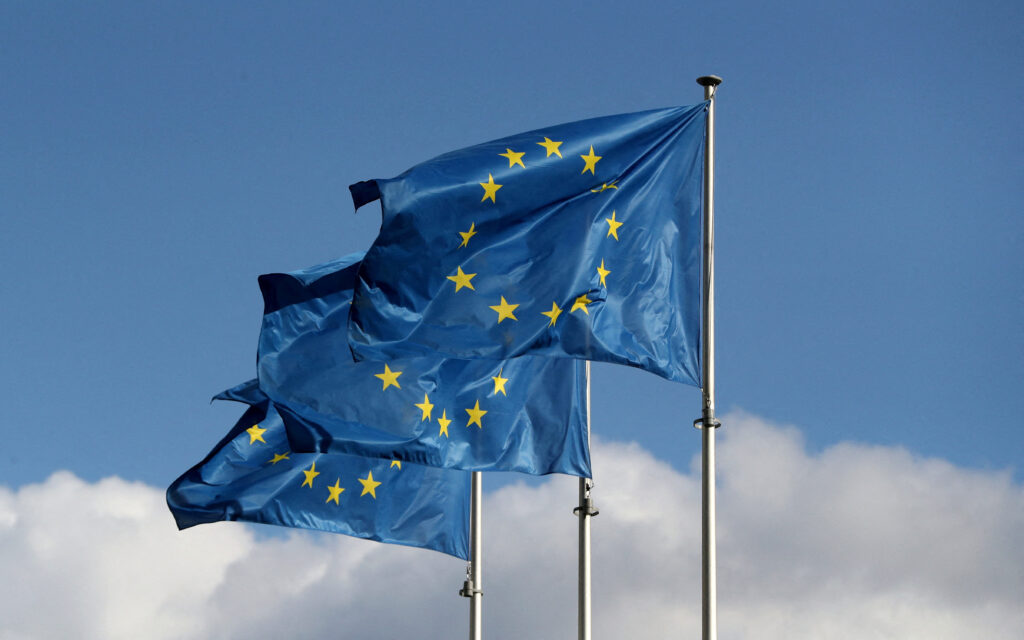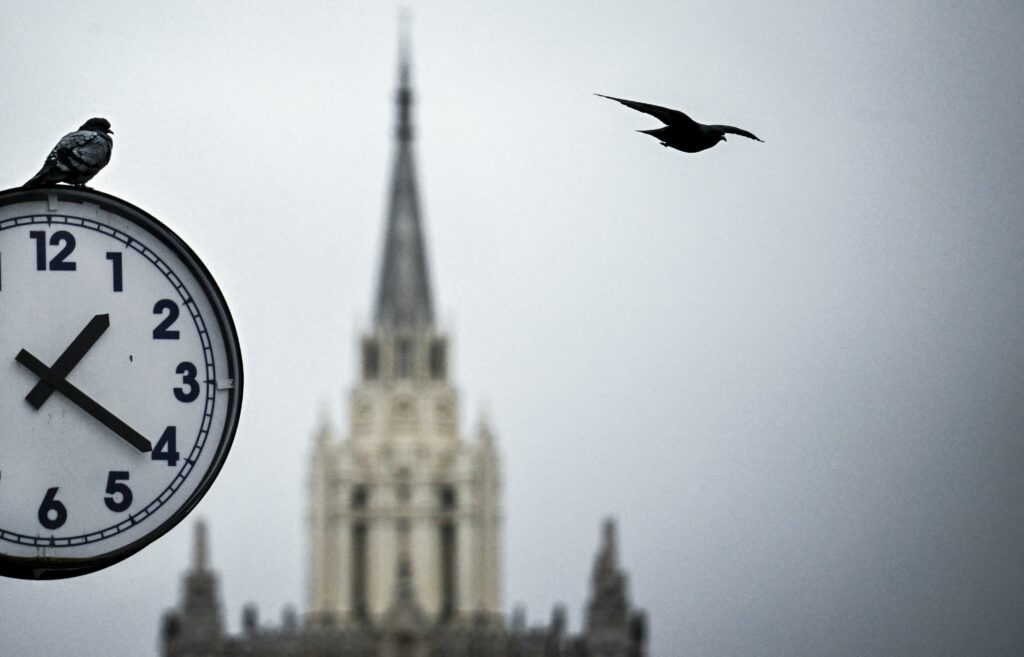On May 19, 2025, the presidents of Russia and the United States held their third phone call since the start of Trump’s second term. The global community expected Trump to take a clear stance on a ceasefire in Ukraine, especially after his calls for an immediate truce and ultimatums from European leaders, which were seemingly ignored by Moscow and Washington. The May 15 meeting of Russian and Ukrainian delegations in Istanbul, initiated by Putin, yielded no results, repeating the futile negotiations of 2022. Ukrainian President Volodymyr Zelenskyy proposed a face-to-face meeting with Putin, but the talks remained limited to delegation-level discussions.
Expectations vs. Reality: Trump’s Strategy
Analysts and media recently predicted two scenarios: either a new deal would emerge (which was always highly unlikely) or Trump would admit his mediation efforts failed and assign blame. Instead, Trump chose to ignore the lack of progress, maintaining the illusion that consultations on Ukraine could yield results. This is tied to his reluctance to impose new sanctions on Russia and his desire to avoid admitting defeat as a negotiator. A third possible motive—Trump’s aim to maintain good relations with Moscow to prevent Russia from aligning closer with China—cannot be ruled out. Russia, and perhaps Putin personally, may appear to Trump as a predictable and even desirable partner.
During the May 19 call, Trump and Putin agreed to draft a memorandum on «ceasefire conditions.» This implies Russia will outline political and technical demands, without which Moscow will not consider even a temporary pause in hostilities. These include a complete Western cessation of military support for Ukraine and a ban on Kyiv conducting any military actions, including troop rotations, rearmament, or fortifying defenses. These conditions reflect Moscow’s deep distrust of Ukraine and its allies.
The memorandum may provide insight into Moscow’s position, but its practical value is questionable. Russia’s demands, including a full halt to Western military aid during a ceasefire, contradict the current policies of the U.S. and EU, which, despite disagreements, continue to support Kyiv.
Trump’s Policy: Hesitation and Contradictions
Since his January 2025 inauguration, Trump took steps that suggested Washington might drastically reduce support for Ukraine. From March 4 to 11, suspended military aid to Kyiv, including intelligence sharing and non-material support. This move was welcomed in Moscow but faced sharp criticism in the EU and within the U.S. However, after meeting a Ukrainian delegation in Jeddah, Trump reversed this decision. On May 1, the U.S. approved a $ 50 million arms sale to Ukraine—a modest sum compared to the $ 1.6 billion provided from 2015−2023—but significant given Trump’s rhetoric about reducing U.S. involvement in European affairs. On May 19, Washington authorized the transfer of decommissioned U.S. tanks from Australia to Ukraine, signaling partial restoration of support and endorsing similar actions by key U.S. allies.
Trump consistently states he is unwilling to impose new sanctions on Russia but has twice extended existing sanctions since January 20. However, he cannot lift most sanctions without Congressional approval and removing them in a way that significantly benefits Moscow is impossible without the EU following suit. This limits Trump’s ability to make bold moves toward Russia.
Europe’s Stance and Global Context
The EU continues to provide significant support to Ukraine, allocating an additional € 1 billion for military aid since early 2025. Germany, France, and Poland sustain arms deliveries and training, while Hungary and Slovakia remain reserved. EU arms supplies to Ukraine, which account for 40% of total deliveries, have increased nearly 100-fold since 2020.
European leaders, wary of the U.S. potentially withdrawing from negotiations, are preparing for a scenario articulated by U.S. Vice President J.D. Vance: «This is not our war.» Continued, albeit inconclusive, talks give the EU time to adapt support programs for Ukraine and coordinate with partners like Canada and Japan. Key EU leaders consistently affirm their long-term commitment to Ukraine.
The Memorandum’s Significance and Prospects
Drafting the memorandum is a formal step unlikely to lead to a genuine ceasefire. Its content will likely consist of declarative statements without binding commitments. Given the fundamental disagreements, the memorandum is unlikely to advance a ceasefire. However, the process benefits both Russia and Ukraine for different reasons, though it’s hard to imagine Ukraine endorsing even a declarative document given Russia’s stance.
For Kyiv, continued talks involving Trump keep the U.S. engaged and allow Ukraine to portray Russia as the primary obstacle to progress. This sustains access to military and financial aid, albeit reduced, and facilitates coordination with the EU on new supply schemes. Trump’s involvement also reduces the likelihood of sharp Russian escalation, as Moscow avoids actions that could undermine dialogue with the U.S.
For Moscow, Trump’s participation creates strategic uncertainty that weakens Western unity. Russia hopes Trump may eventually reduce Ukraine support to a minimum, easing Moscow’s military efforts. The absence of new sanctions and ongoing dialogue with Trump allow Russia to plan its war efforts under relatively stable external conditions.
The Putin-Trump call confirms that the Ukraine negotiation process remains deadlocked. The memorandum on «ceasefire conditions» is unlikely to yield progress but maintains the appearance of dialogue. Trump, balancing reluctance to punish Russia with pressure from allies, avoids radical steps, creating temporary advantages for both Kyiv and Moscow. For Ukraine, it’s a chance to retain Western support; for Russia, an opportunity to ease international pressure. In the coming weeks, the ability of the EU and U.S. to coordinate will be critical to preventing Russia from further strengthening its position in the war.
